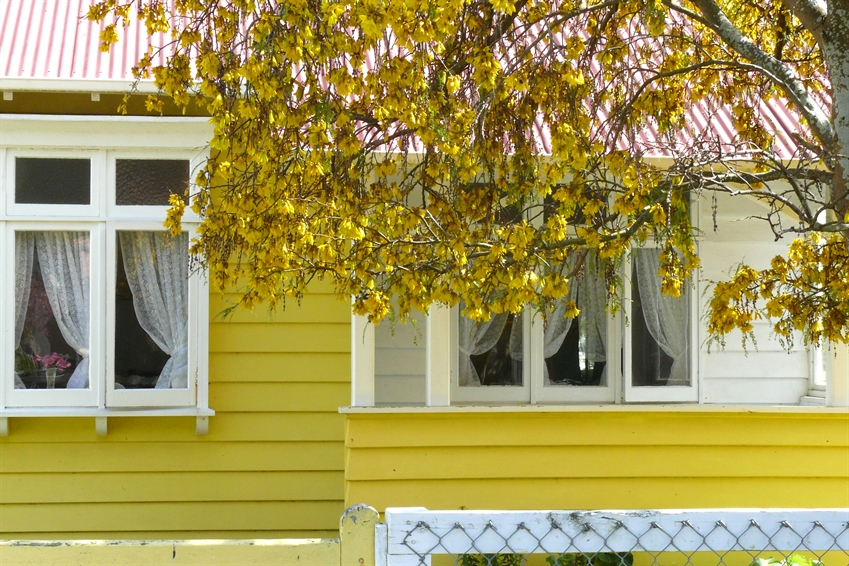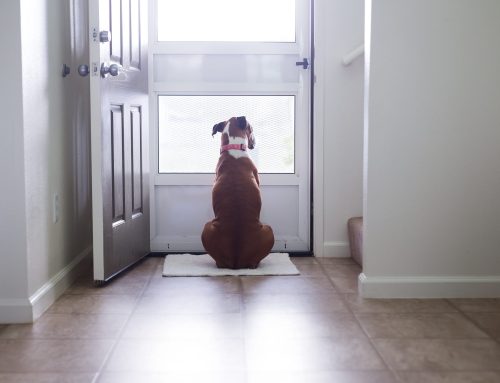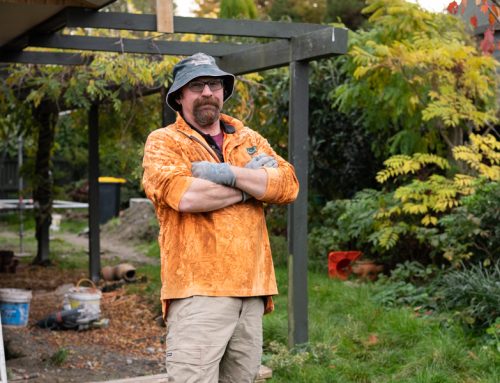
If you rent or you are a landlord, the Residential Tenancies Amendment Act 2016 will affect you. Find out how…
An updated version of the Residential Tenancies Act 1986, the amended Act came into force on 1st July 2016 and affects all new and current residential tenancies. Under the new Residential Tenancies Amendment Act, both landlords and tenants have responsibilities they must fulfill. Our comprehensive guide will explain what the law changes are and what your responsibilities are.
What is the Reason for the Residential Tenancies Amendment Act 2016?
In 2013, a Warrant of Fitness program for Housing New Zealand properties was trialed. This study was initiated by the Minister of Housing, the Hon Dr Nick Smith. He gave both the Ministry of Business, Innovation and Employment and Housing New Zealand joint responsibility to create, test and implement a rental WOF scheme.

The aim of the rental WOF scheme was to help improve the health and safety of tenants, especially those on low incomes. There were 49 key criteria and three distinct areas of consideration:
- Insulated and Dry
- Essential Amenities
- Safe & Secure
Of the 400 Housing New Zealand residential rental properties assessed, 95% passed. From this, the Government deduced that implementing a nationwide rental property WOF scheme was somewhat viable. The changes to the Residential Tenancies Amendment Act are a direct result of this study. It aims to make rental homes drier, warmer and safer for those living in rental accommodation. In particular, it aims to reduce fire related injuries and deaths of those living in residential rental properties and make these home warmer, drier and easier to heat.
Landlord – What are my responsibilities?
There are four new changes which may affect you as a landlord. They are:
-
- Smoke Alarms – a working smoke alarm or alarms must installed in every residential rental property. As a landlord, you are responsible for arranging the installation of the smoke alarms to meet the current New Zealand Fire Service’s guidelines. This change came into affect on 1 July 2016, therefore you should have met this requirement already.
- Insulation – as a landlord, you must have insulation installed in your residential rental property. The level of insulation required depends on where your property is located. You must tell your tenants about the your property’s insulation. All rental homes other than social housing rentals must be insulated by 1 July 2019.
- Retaliatory Notice – landlords are not able to cancel a tenancy if a tenant has exercised their rights. Therefore, it will be illegal for you to end their tenancy if they asked you to comply with the tenancy law or made a complaint about you.
- Tenancy Abandonment Process -if your tenant abandons your property, you can gain control and access much faster now.
- Enhanced Enforcement – the Chief Executive of the Ministry of Business, Innovation and Employment can now look into matters regarding the tenancy without your tenant’s permission.

Tenant – What you need to be aware of?
As a tenant, you have new rights and responsibilities under the Residential Tenancies Amendment Act (RTA). They include:
- when you sign your new tenancy agreement, your landlord must provide a signed statement telling you about the insulation in the property. This statement must include:
- if there is or isn’t insulation
- where the insulation is
- what type of insulation it is
- the condition of the insulation
- you are responsible for replacing the batteries in the property’s smoke alarms and regular testing of smoke alarms
- it’s important you check to see if your landlord has insurance cover which would protect you if you or someone at the property started a fire accidentally

What about the residential tenancies amendment bill?
Like other laws, the RTA is a living document. In 2017, three main amendments discussed were:
- Tenants liability for damage – a tenant is not financially responsible for damage, unless it was was caused by carelessness or through omission. The landlord must tell the tenant if there is insurance for the property and it’s important the tenant takes out contents insurance as a protection.
- Methamphetamine in rental properties – while a landlord can’t rent a home which has methamphetamine contamination, but it can be if it is decontaminated first. But the landlord no longer needs permission to test for methamphetamine. They do need to give 48 hours notice of a test though.
- Unlawful residential properties – if the Tenancy Tribunal says it is an unlawful residential premises, the landlord must repay all the tenant’s rent.

Guide to rental property insulation
A well insulated home is warmer, drier and healthier to live in because it keeps warmth in and moisture out. The RTA says all rental homes must have ceiling and underfloor insulation by the 1st July 2019. If the insulation was installed before the 1st July 2006, is in reasonable condition and meets the minimum R values, it won’t need updating. The minimum R values for timber framed homes are R 1.9 in the ceiling and R 0.9 underfloor. For a masonry home the ceiling minimum is R 1.5 and R 0.9 underfloor.
But, if there is no insulation or it was installed after the 1st July 2016, it has different minimum requirements. In Zones 1 and 2, the ceiling is R 2.9 and the underfloor R 1.3. In Zone 3, the ceiling insulation must be R 3.3 and R 1.3 underfloor. You can learn more about the Zones and the insulation requirements on the Tenancy Services website.
To check if your rental property has the required level of insulation, it’s best to hire a professional. They will give you a written report and the information in it will help you make your declaration. In addition, you can use this report to add to the minimum insulation levels required by law. This may result in you being able to charge a higher rent price and it makes your property more desirable for tenants.

Guide for smoke alarms in rental properties
Smoke alarms are compulsory in rental properties because they save lives and reduce injuries. Furthermore, smoke alarms must be in specific places within the home:
- within three metres of a bedroom door
- on each level of a multi storey home
- in all rental homes, rental caravans, self contained sleep-outs and boarding houses
In addition, new smoke alarms must be:
- hardwired or have a battery life of a minimum of eight years
- meet international standards
- be photoelectric
- installed using the manufacturer’s instructions
Tenants are responsible for changing batteries when required. They must also not remove or interfere with the smoke alarm. Finally, they must tell the landlord if there are any problems with it. Consequently, landlords are responsible for checking the smoke alarms work at the start of each tenancy. They must also keep them in good working order.
As a result of the Residential Tenancies Amendment Act, rental homes will become warmer, safer and healthier to live in. Most of all, we’ll lose our reputation as a country with poor quality housing and lower costs associated with poor living conditions too!





